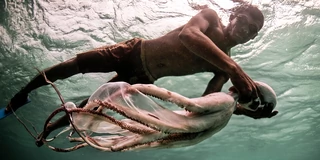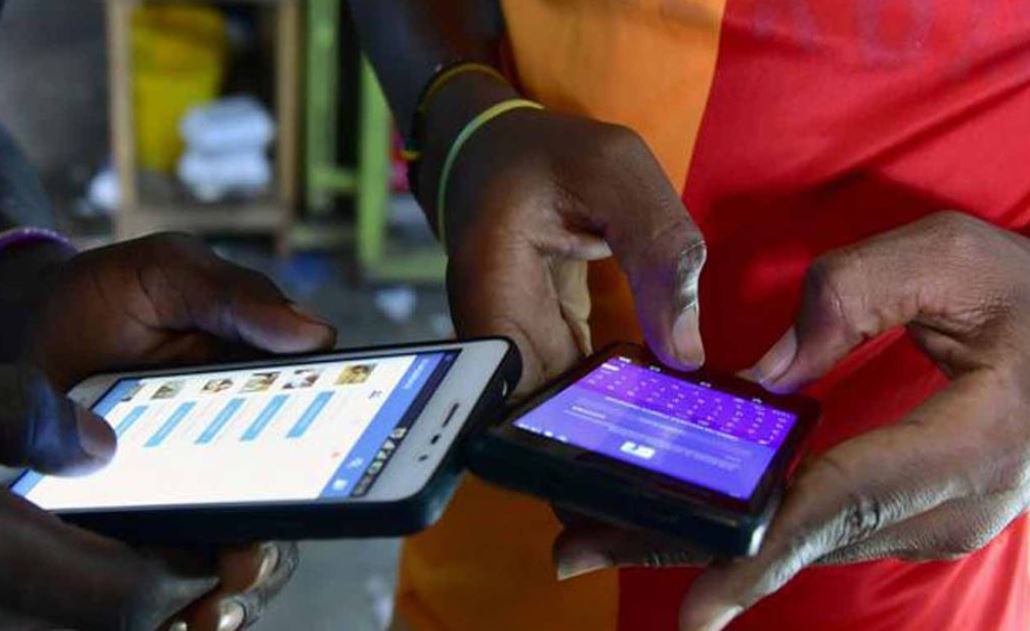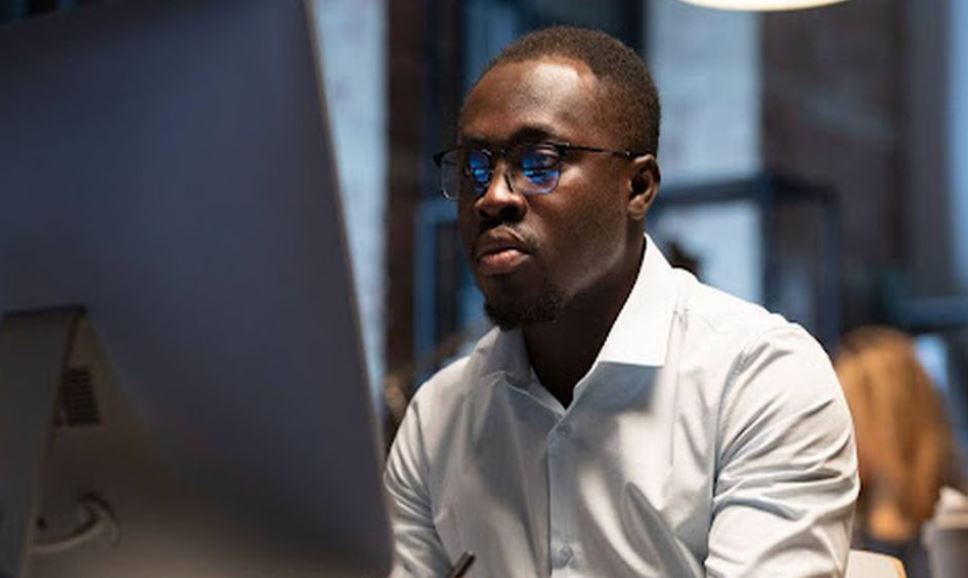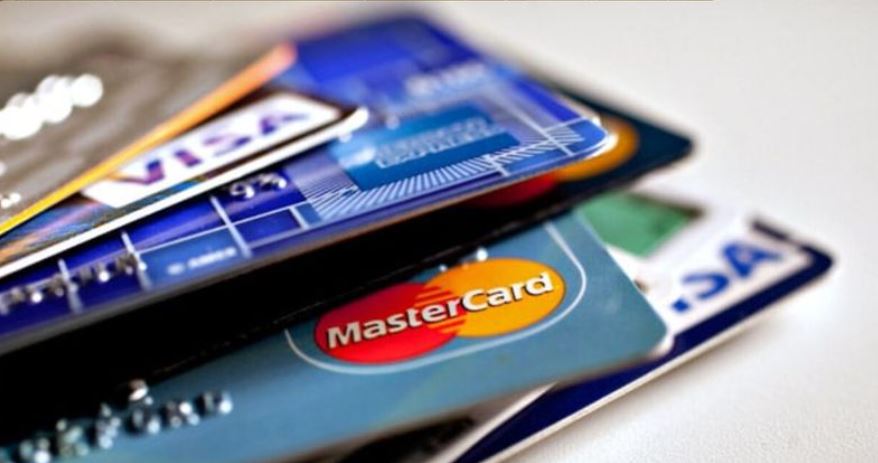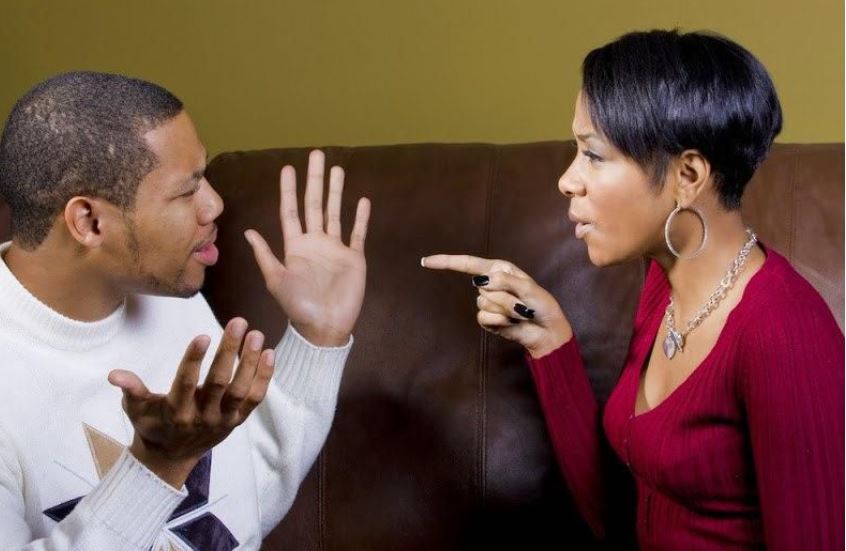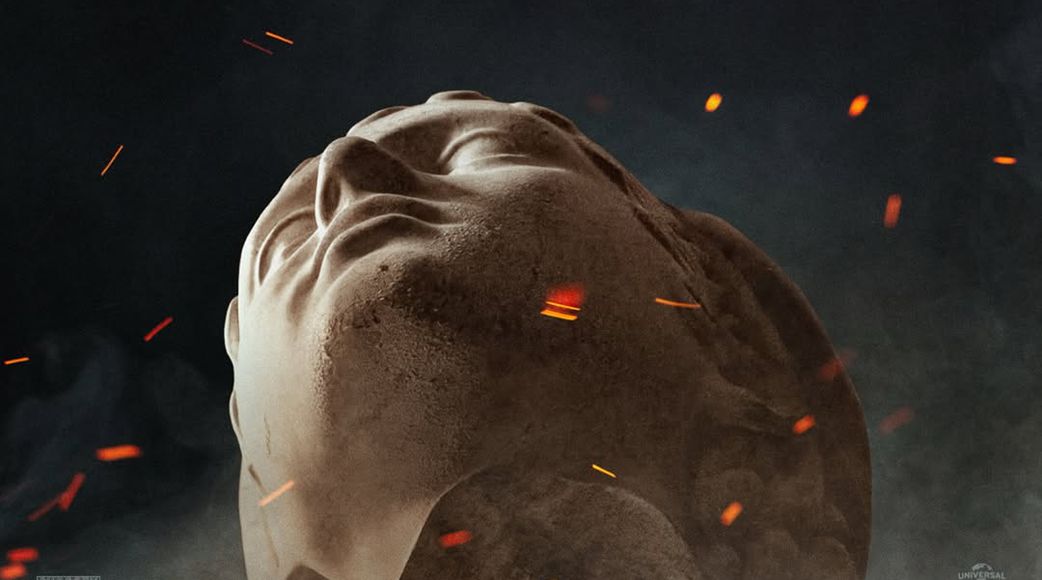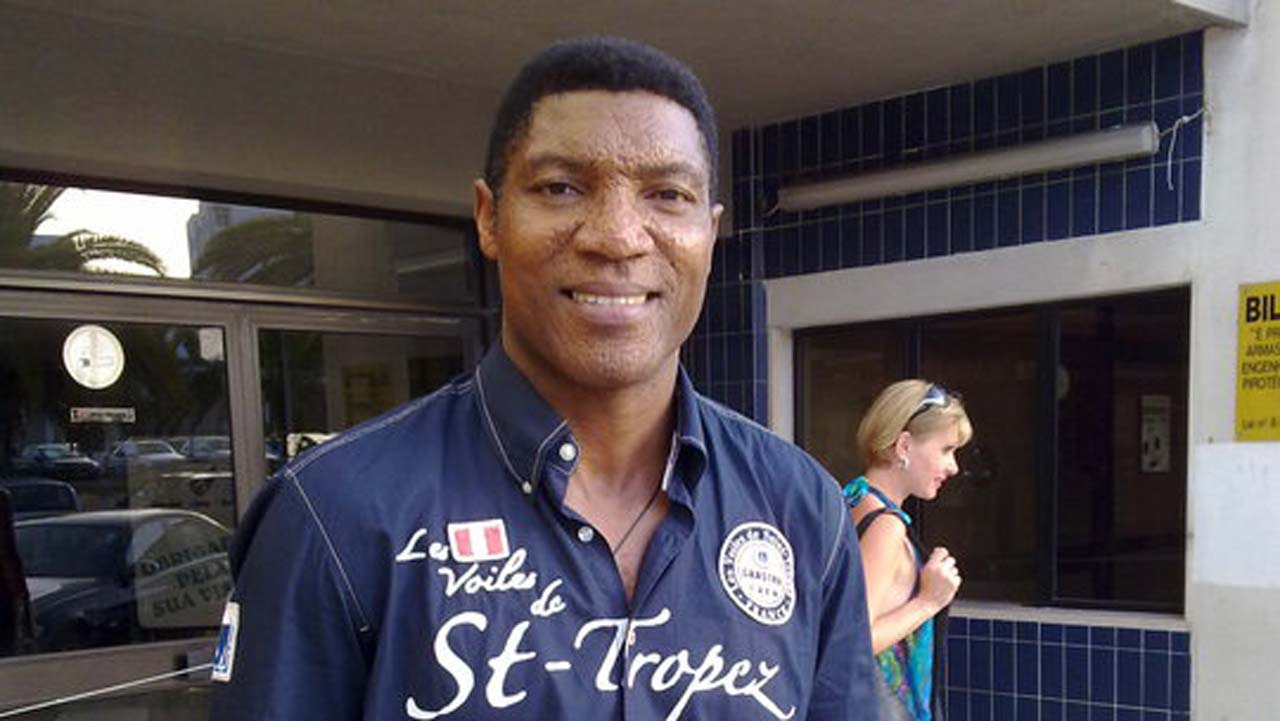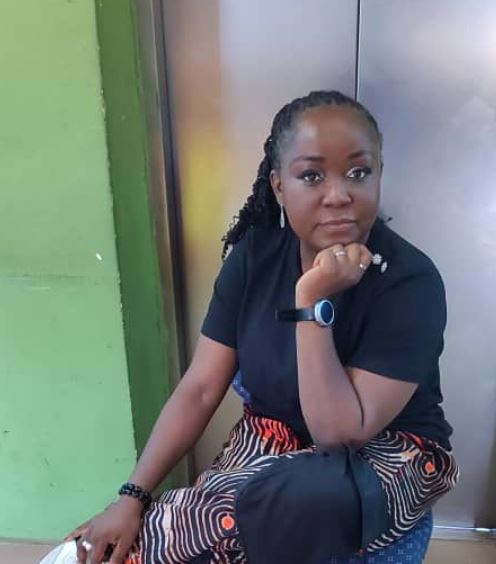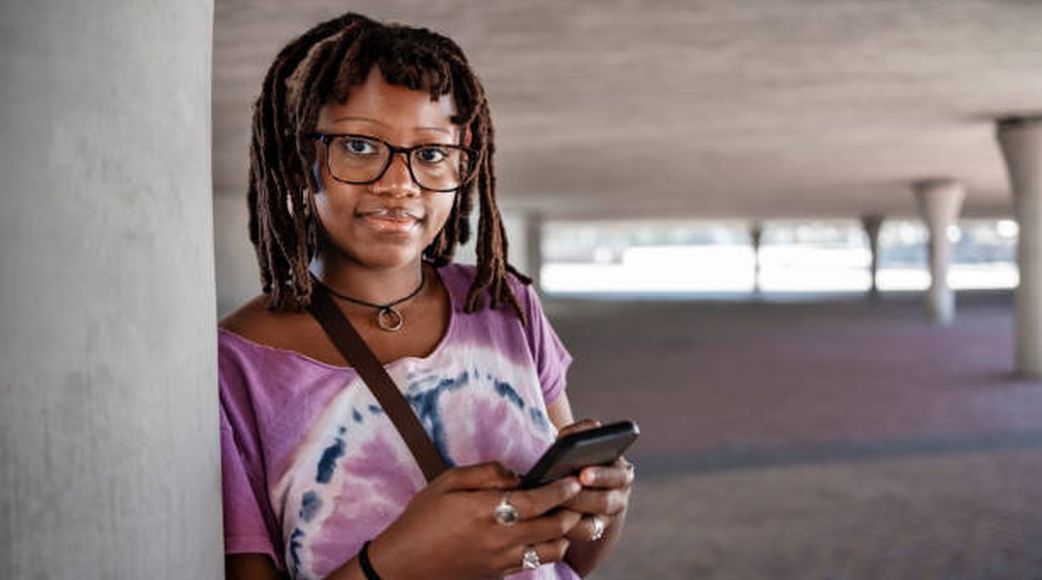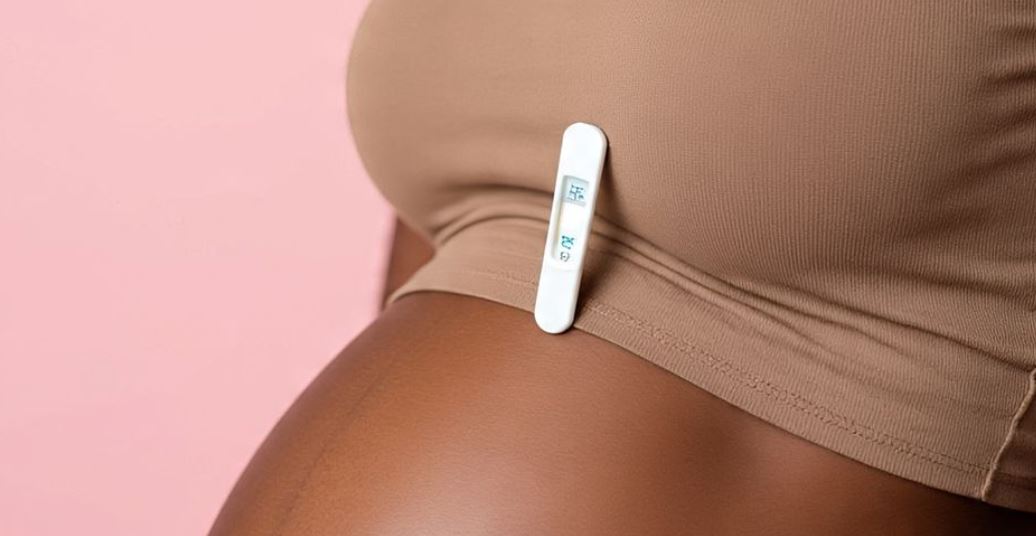The Bajau people spend most of their lives underwater, here’s how they survive
The Bajau people are estimated to be one million, and they are spread out across the southern Philippines, Indonesia, and Malaysia even though they do not have a citizenship.
They live in houseboats, moving across the South East Asian waterways from place to place and rarely setting foot on dry land.
They live in houseboats, moving across the South East Asian waterways from place to place and rarely setting foot on dry land.
They have long spleens
One difference is that the Bajau people’s spleens are twice as big as the Saluans, their neighbors.
Although spleens are not essential for life, they do contribute to the immune system and function as blood filters by eliminating damaged red blood cells and recycling iron. But most importantly, the spleen stores a quantity of blood.
Mammals’ spleens contract when they are in the water, spreading the blood’s oxygen-rich reserve throughout the body. When swimmers have a larger spleen means more oxygen is available.
They have longer diaphragms
To survive living underwater, their diaphragms stretch, and the lung wall and abdominal wall also become more flexible.
They have a genetic mutation
They also have a mutant gene. The PDE10A gene and the BDKRB2 gene in the Bajau are missing in their closest neighbours, Saluans who do not spend their life at sea.
More blood flows to vital organs than their legs
The mutant gene makes peripheral vasoconstriction a diving response. The Bajau’s distinct genetic makeup may help them effectively tighten non-critical regions of their circulatory system.
This essentially means that more blood is transferred to vital organs like the heart, lungs, and brain, allowing for longer dives, while less blood is used in the sections like the legs.
It’s amazing to see how a human’s body changes to adapt to its environment.

